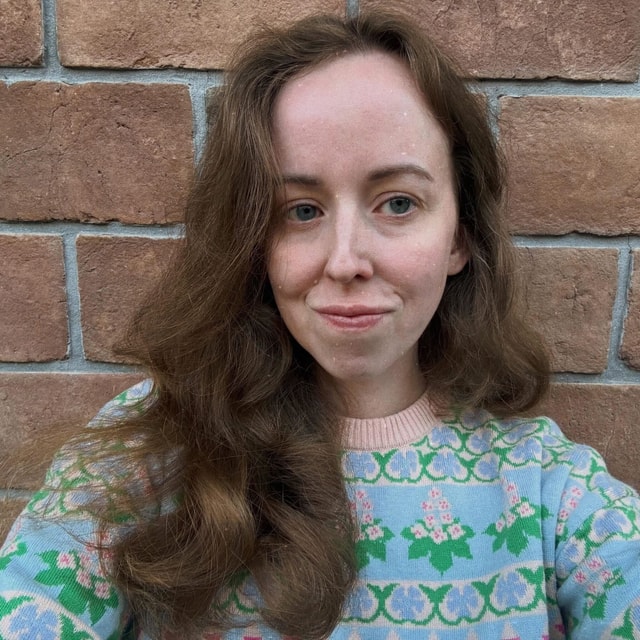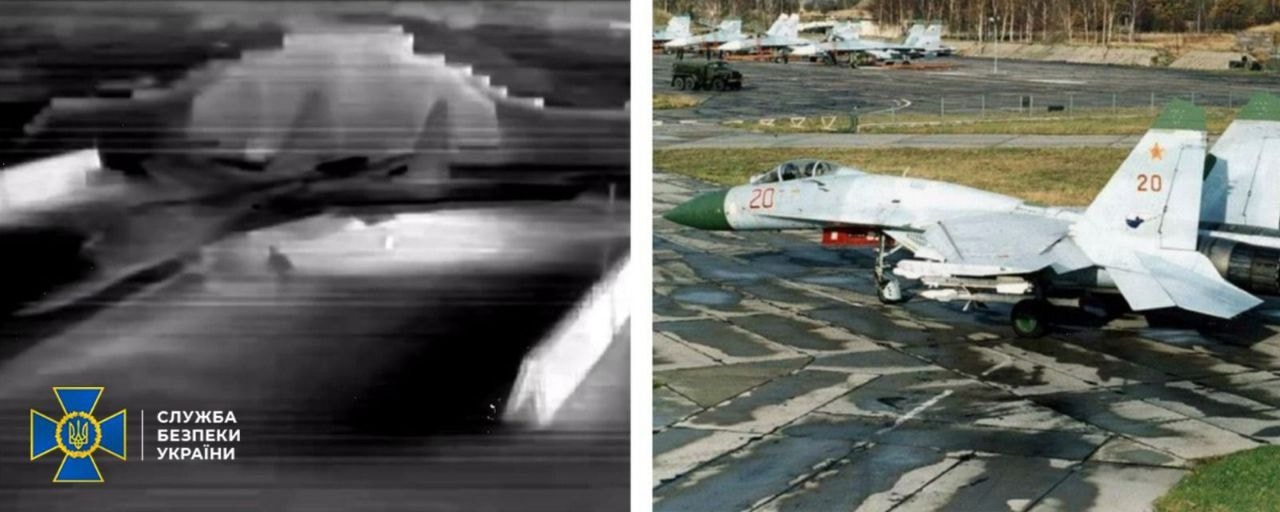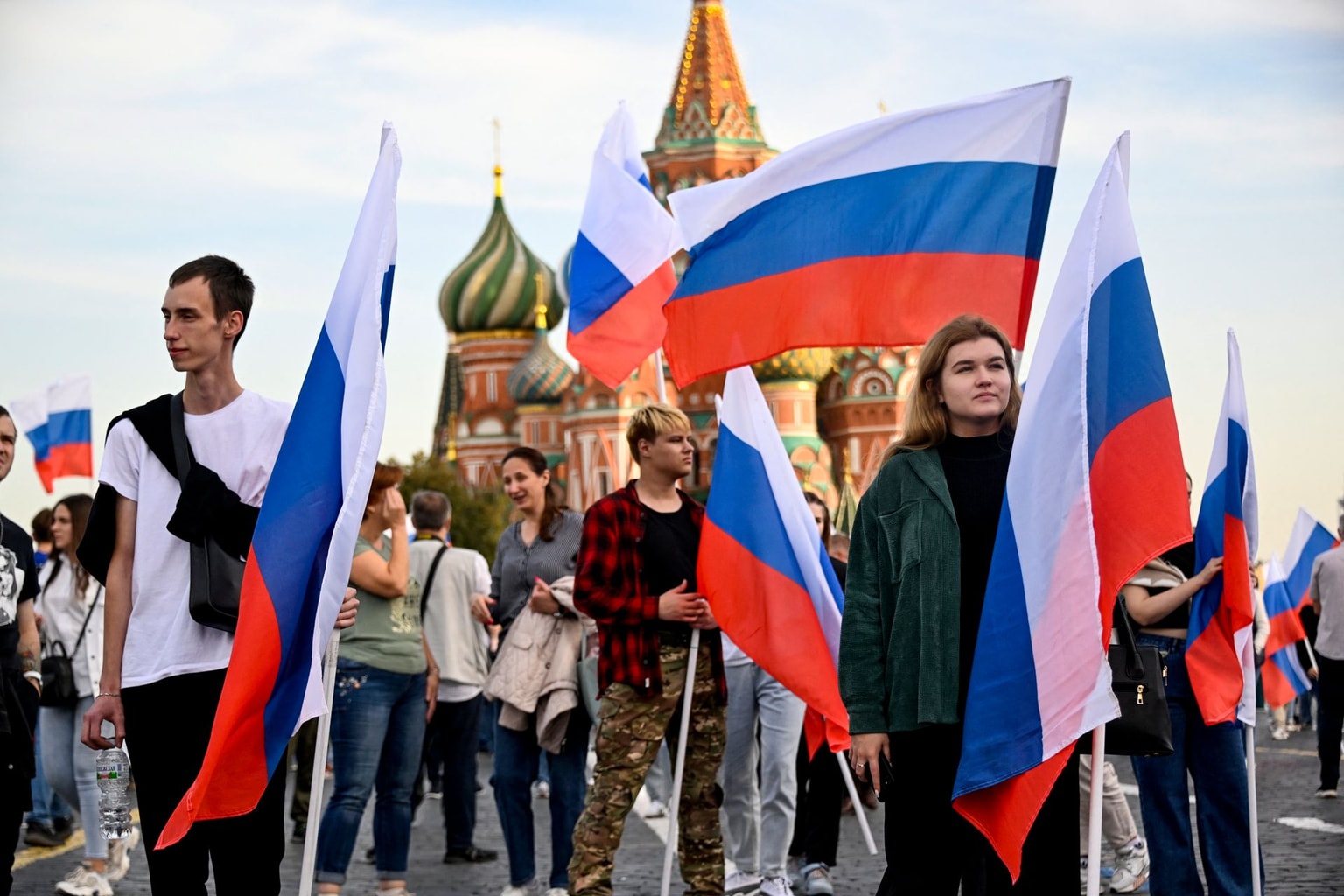US veteran and photographer’s wartime Ukraine memoir tests notion of ‘universal’ truths

Editor's note: All the photographs in this article are featured for illustration purposes only.
“I’m a photographer,” writes U.S. combat veteran and photojournalist J.T. Blatty, “But really, I’m just a human drawn toward the truth, in snapshots of truth.”
Blatty’s new memoir "Snapshots Sent Home: From Iraq, Afghanistan, Ukraine," chronicles the path that led her to Ukraine in 2018 to document the oral histories and portraits of Ukrainians who volunteered to fight after the Russian invasion of Donetsk and Luhansk oblasts in 2014.
The book's chapters are interwoven with reflections on her experience serving in Iraq and Afghanistan in the wake of the Sept. 11, 2001, terrorist attacks but primarily centers on her time in Ukraine, with the final chapters covering the full-scale Russian invasion.
Blatty's thoughts on photojournalism, especially its perceived constraints, are captivating to read. She first gained experience as a disaster reservist photographer for the U.S. Federal Emergency Management Agency (FEMA), which made her cautious about what she terms "handshake photos" or feeling pressured to exploit victims of national disasters while on assignment for local newspapers.
Photojournalism can convey meaningful truths, provided photographers approach their subjects responsibly. However, as Blatty points out, photojournalists such as herself working on the front lines of Russia’s war against Ukraine can struggle with the feeling that they are unable to fully capture the horrors experienced daily by the soldiers and civilians there.
In September 2022, Blatty found herself in Bakhmut, the once-prosperous industrial city in Donetsk Oblast that, over nine months, would become the site of the bloodiest battle of the full-scale Russian invasion to date.

Witnessing the destruction in Ukraine firsthand in her work as a photographer, Blatty notes that she was plagued by “a sinking feeling as I put down my camera, because there was just no way to measure the vastness of it all. I felt as if I were robbing its justice by presenting my images to the public, and in turn downgrading the stories of those who survived through it, no matter how hard and in how many ways I tried to frame the shot.”
Failing to truly capture the urgency behind images from the front line risks meaning that “without being there, without feeling the moment, the vibrations, the thuds, the intensity, it was all just sound and smoke in the sky. It was just a repetition of what’s been seen and heard so many times before, in this war and every war around the globe.”
Blatty's concerns regarding the reach of photography are valid and have troubled countless others throughout the years. In American writer Susan Sontag’s classic book-length essay "Regarding the Pain of Others," Sontag notes that there was a time when people believed that by portraying the horrors vividly enough, most individuals would “finally take in the outrageousness, the insanity of war.”
Yet the culture of spectatorship that has developed over the decades often “neutralizes the moral force of photographs of atrocities,” according to Sontag. As Ukraine has entered its third year of full-scale war, and Ukrainians contend with discussions of war fatigue both at home and abroad, Sontag's warning remains eerily relevant.
This self-awareness in Blatty’s photography work, or rather the continued pursuit of it to do right by her subjects, can mitigate some of Blatty's more eye-raising reflections from her earlier trips to Ukraine before the start of the full-scale invasion.
In a chapter reflecting on her time in Kostiantynivka, a city in Donetsk Oblast, in 2018, she writes about how her fixer suggested more than once that they take the train from Kyiv instead of driving a car, citing it as a way to "save four hours of travel time and preserve his tires from the rough roads."

Ukrainian roads, particularly outside major cities, are notorious for being in poor condition. There has been a major government push in recent years to repair roads nationwide. However, the roads in Donetsk and Luhansk oblasts, the regions most affected by a decade of war, are understandably best avoided by anyone concerned about preserving their own vehicle's longevity.
But Blatty writes,
“I didn’t care to understand. I wanted to drive. To roll down the windows and breathe the air, to feel the wind on my skin, to take in the landscape of this new world that had felt so disconnected and foreign until now.”
The imagery is classic Americana, invoking the freedom of the open road and the promise of adventure. However, these words apply to wartime Ukraine, and entering a war zone means that the preferences and insights of locals are often shaped by practical, sometimes even life-saving, considerations.
Blatty also conveys her desire to understand the “f**k the Russians” mentality among the Ukrainians she meets, what she describes as a “blanketed hate toward an entire population for simply living on the other side of a border, whether soldier or civilian” in a chapter recounting her experiences in Popasna, Luhansk Oblast, in 2019.
The dynamic of the oppressor and the oppressed has historically defined relations between Russia and Ukraine. However, in the time period from the collapse of the Soviet Union in 1991 leading up to 2014, although still influenced by a complex history, aspects of this relationship were somewhat amicable. Some soldiers even acknowledge as much to her during the pre-2022 period.
Understandably, Russia's unlawful annexation of Ukrainian territory, invasion of its land, and attempts to undermine its sovereignty fueled animosity among more Ukrainians, and that only intensified and became more widespread after 2022.
Blatty’s effort to understand the dynamics between Ukraine and Russia was usually prompted by “devil’s advocate punches from the perspective of an outsider,” during which she raised points such as the perennially misunderstood language politics in Ukraine and how soldiers could curse Russia while simultaneously speaking Russian.
Accompanying her on many of these early trips was the famous volunteer soldier Yulia Tolopa, callsign “Valkyrie,” a Russian-born fighter on the side of Ukraine who was “totally unfazed (by such comments) as if she weren’t Russian herself.”
Regarding Valkyrie, who was born in Russia’s Stavropol Krai, the Ukrainian soldiers told Blatty that “she’s not really Russian. She’s from West Russia; it’s like Ukraine,” alluding to the historical context of the shifting borders between eastern Ukraine and western Russia over the centuries.
Under the Russian Empire and later the Soviet Union, thousands of ethnic Ukrainians were forcibly resettled and assimilated into Russia’s western regions. To this day, traces of the Ukrainian language can be heard in some locals’ accents or word choices. However, Blatty doesn't touch on this complex and painful history beyond including the soldiers’ replies to her counterstatement.
Such observations also overlook the history of so-called “political Ukrainians” who, despite not being born in Ukraine, have identified with the Ukrainian cause over the centuries and fully engaged in its fight for independence.

Blatty's prose is well-crafted, precise, and has the ability to immerse the reader in the moment she is describing, putting them directly into her headspace. This is both an achievement and a necessity in a book that recounts wartime experiences. At the same time, there are some passages where borderline cliched turns of phrase detract from its overall impact, such as when she describes volunteer combat medic Alina Viatkina’s eyes as “the pale, green-blue eyes of a Slav” and suggests that “those Slavic eyes – they (Ukrainians) all seemed to have them – a mixture of gunpowder resin and glacier ice.” Many Ukrainians have brown or hazel eyes, but regardless, generalizations by appearance are always best avoided.
Another peculiar aspect of the book is the comparisons made between her generation's experience after the Sept. 11, 2001, terrorist attacks in the U.S. and the ways in which Ukrainians were galvanized following the events of the EuroMaidan Revolution, Russia's unlawful annexation of Crimea, and the invasion of Donbas in 2014.
She describes the energy of it all while standing at Independence Square in Kyiv as being
“so much like 9/11, the only time we (Americans) were attacked within our own borders. The only time my generation felt this kind of destruction and fear of what’s coming next, the only time we turned inward and toward one another, across differences and demographics, instead of pushing away from one another.”
The U.S. has not been engaged in a war with the level of moral and political implications as profound as Ukraine's ongoing fight against Russia since the U.S. fought against the Nazis in World War II. It is difficult to see the commonalities between Ukraine’s fight against Russia and the U.S.’s so-called War on Terror. During U.S. President George W. Bush's terms in office, the word "freedom" became so overused to justify a war that ultimately resulted in far more casualties and destruction than the initial horrific terrorist act it aimed to avenge.
Blatty writes that part of her interest in portraying what’s happening on the ground in Ukraine has also been “to show what it meant to fight for something real, for freedom, something America had lost along the way, when the Fourth of July had become a summer holiday of barbecues and fireworks and beer, empty of the inspiration of our Revolutionary War patriots.”
Yet, Blatty acknowledges some indisputable differences between the two countries. The Ukrainians who fought against the Russian invasion of Donetsk and Luhansk oblasts after 2014 were primarily volunteers, meaning that they went to the front without state support or sometimes even combat experience.
For Blatty, whose combat background is rooted in the vast, structured framework of the U.S. military, the notion of volunteer battalions that relied heavily on support from civic society was “a concept completely unfamiliar to me before I first stepped foot inside Ukraine.” This leads to observations such as how “the wars I was sent into, they weren’t really my wars. They were someone else’s.”
Blatty’s own combat experience enables her to connect emotionally with soldiers in a manner that journalists with a purely civilian background might struggle to achieve. This is notable in the descriptions of her interactions with Ukraine’s soldiers and her acknowledgment of the unglamorous reality of war, regardless of when or where it is fought.

She writes about striving to safeguard in her photography exhibitions of volunteer soldiers’ portraits the frequent need of outside observers to gloss over the sometimes difficult truths about war.
Additionally, she touches upon the “inflated stories of heroism that surpassed reality, covered truths, and sometimes inadvertently created comparisons,” such as when a family member would be informed that a soldier was killed by enemy and not friendly fire.
While this offers “romanticized versions of fire and glory” to soldiers’ families, it also risks diminishing the experiences of those who served on the front lines. This can create a psychological burden for the soldiers who survive the battlefield.
From the memoir’s opening pages, Blatty intends to document “a story that could one day be stripped of flags, uniforms, borders, and country. A universal story of the combat veteran” concerning her portraits of Ukrainian volunteer soldiers. She concludes her memoir by noting that her time in Ukraine has taught her that “it’s not our individual countries or patriotism that defines us but an experience. That we (soldiers) become something larger, a universal tribe with a universal memory of war that shapes the way we move through the world forever.”
Ukraine’s fight will no doubt serve as an inspiration to others worldwide for generations to come. However, it’s a fight that is deeply rooted in preserving Ukraine’s national identity, arguably making notions of anything more universal, for the time being, a distant luxury.
Note from the author:
Hi, this is Kate Tsurkan, thanks for reading this article. There is an ever-increasing amount of books about Ukraine available to English-language readers, and I hope my recommendations prove useful when it comes to your next trip to the bookstore. Ukrainian culture has taken on an even more important meaning during wartime, so if you like reading about this sort of thing, please consider supporting The Kyiv Independent.









